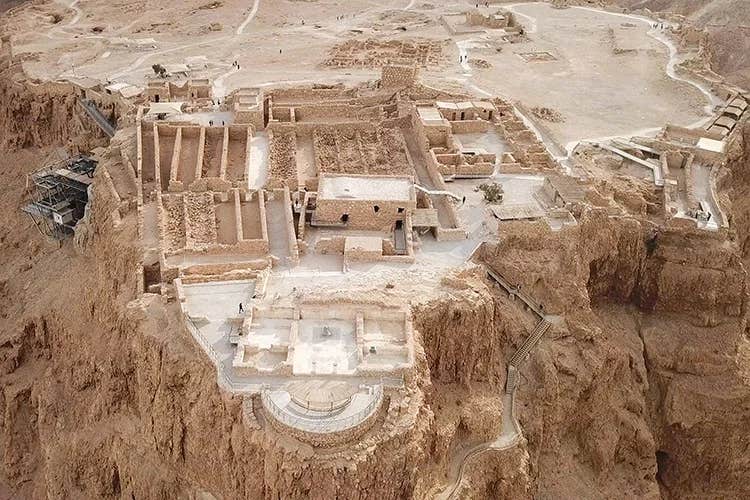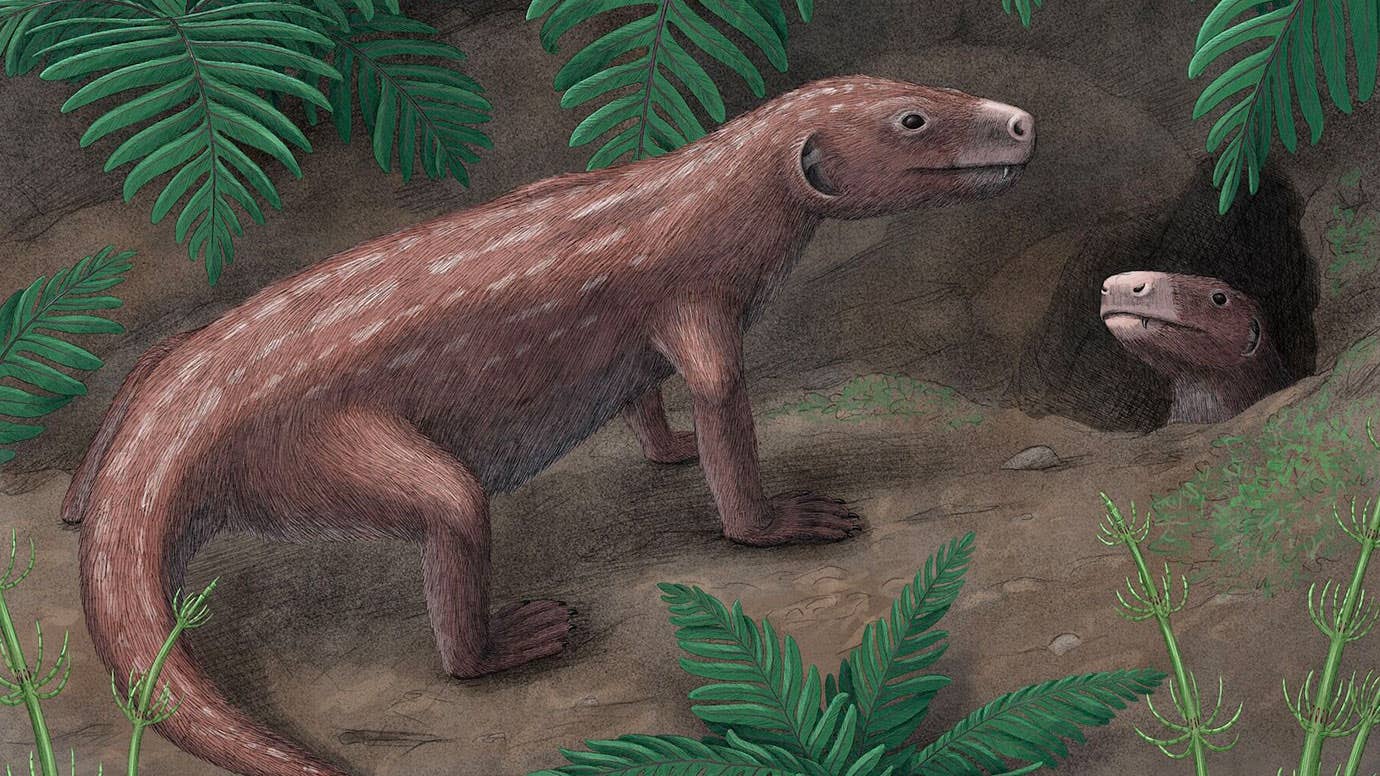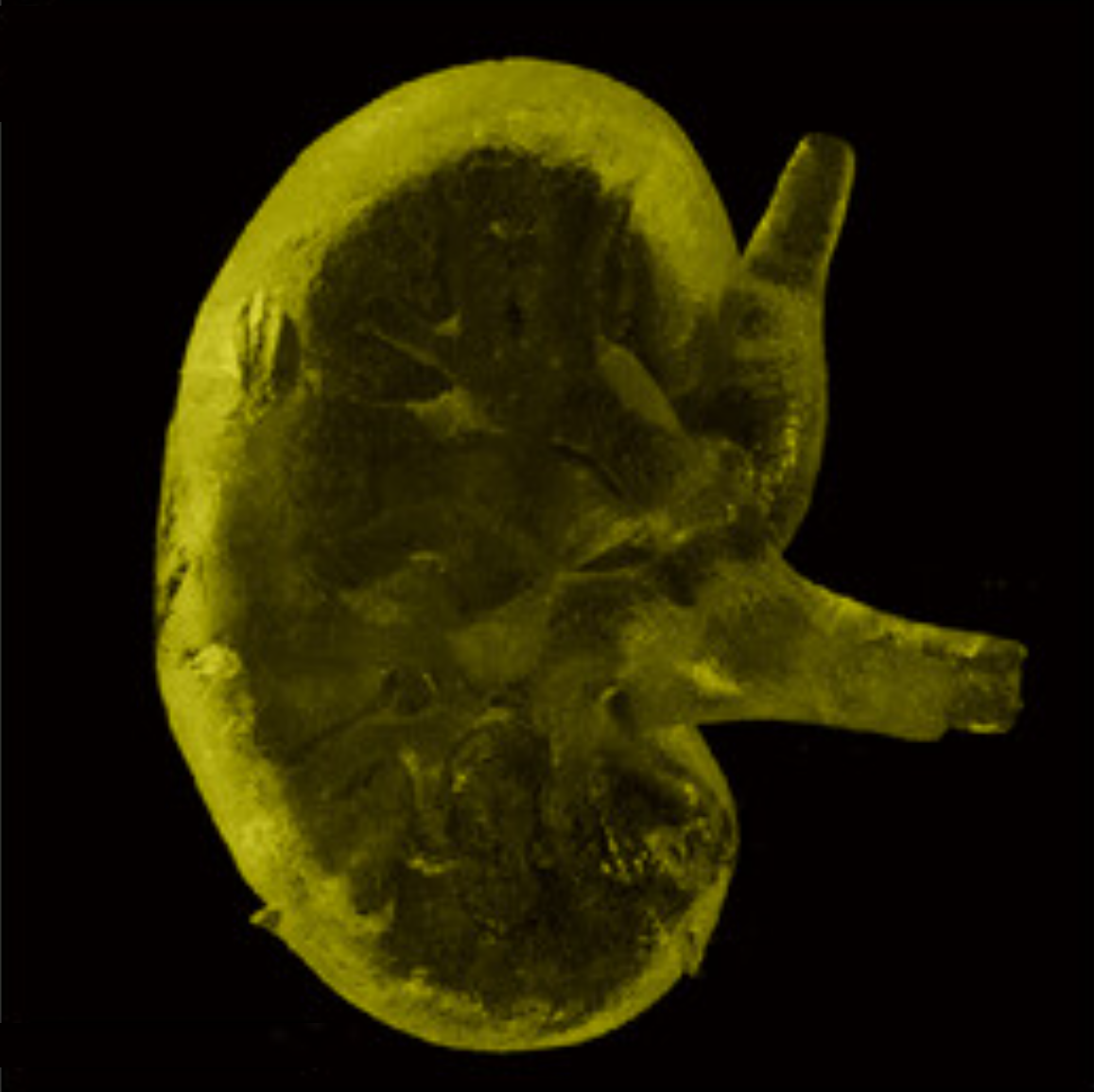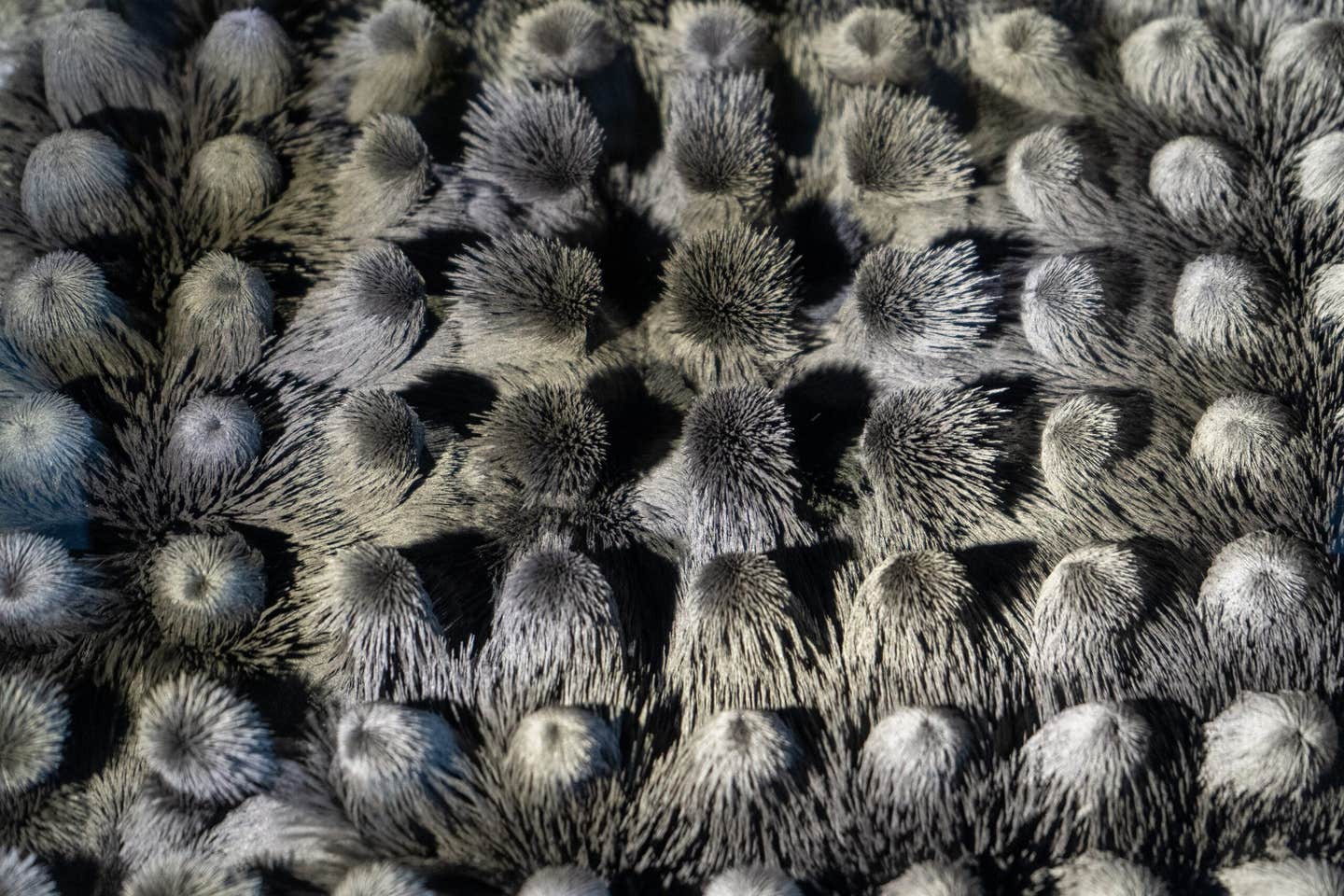New study findings rewrite history of the Roman siege at Masada
Using a blend of cutting-edge tools—drones, 3D modeling, and remote sensing—scientists reexamine one of history’s most famous standoffs.

The team aims to answer fresh questions using tools unavailable to past archaeologists, such as drones and aerial photography. (CREDIT: CC BY-SA 4.0)
For the first time, researchers have conducted a quantified analysis of the Roman siege at Masada. The team, from Tel Aviv University’s Sonia & Marco Nadler Institute of Archaeology, used a blend of cutting-edge tools—drones, 3D modeling, and remote sensing—to reexamine one of history’s most famous standoffs.
Their findings challenge the long-held belief that the Roman siege in 73 CE dragged on for three years. Instead, the evidence points to a far shorter campaign, lasting just several weeks.
The project was led by Dr. Guy Stiebel, alongside Dr. Hai Ashkenazi and PhD candidates Boaz Gross and Omer Ze’evi-Berger. Their work forms part of the ongoing Neustadter expedition, which seeks to reveal fresh insights into the Great Jewish Revolt.
The study, recently published in the Journal of Roman Archaeology, leverages tools that earlier archaeologists could only dream of. Drones and aerial imaging allowed the team to map the site with unmatched precision.
“Thanks to its remote location and desert climate, Masada holds the best-preserved Roman siege system in the world,” says Stiebel. The team used high-resolution data to build detailed 3D models of the fortress and its surroundings.
These models helped shed light on how the Romans moved, where they camped, and how they engineered the siege. This kind of precision is reshaping what historians thought they knew about the battle.
Stiebel’s expedition, which began in 2017, is focused on what happened before, during, and after the Roman assault. Despite more than a century of study, many aspects of Masada remain unclear. “While Masada has been extensively studied since the 19th century, many questions remain unanswered,” he notes. The team's work highlights how much new technology can reveal about even the most studied historical sites.
Key to their approach was an in-depth look at ancient infrastructure. The team analyzed the Roman trails, water systems, and encampments built during the siege. By doing so, they could assess the speed and efficiency of the Roman operation. What they found contradicts the idea of a long and drawn-out siege. The results suggest swift Roman action, carefully planned and executed with impressive precision.
Related Stories
These findings mark a turning point in our understanding of Roman military campaigns. With modern tools and digital modeling, the team was able to go beyond what was visible on the surface.
The study's findings take aim at a widely accepted myth: that the Roman siege dragged on for three years. Over the past few decades, scholars have begun to question this assumption, but Stiebel's team is the first to provide scientific data to challenge it directly.
With drones carrying remote sensors, the team measured the dimensions of the siege structures, enabling them to calculate the time needed to build them accurately.
Dr. Ashkenazi explains that with reliable estimates of the workload a Roman soldier could handle and knowledge that 6,000 to 8,000 soldiers were involved, they calculated how long it would take to construct the siege system, which included eight camps and a stone wall encircling much of the fortress.
"We found that building everything took about two weeks," he says. After this, the Romans constructed an assault ramp to launch a final, decisive attack, which led to the fall of the fortress within a few weeks. Their analysis suggests the entire siege lasted no longer than a few weeks.
The myth of a lengthy siege has become intertwined with the story of Masada itself, and by extension, a part of Israeli history and identity. According to Dr. Stiebel, the tale of Masada, the Great Jewish Revolt, and its tragic outcome, as told by the ancient historian Flavius Josephus, has long been a key element in Israel’s cultural memory.
The idea that the Romans struggled for three years to take Masada reinforced the narrative of a heroic defense, but the team's research shows that the fortress was captured swiftly.
The importance of Masada in Roman history and its impact on Israeli culture cannot be overstated. Yet, this new research doesn't diminish the significance of the siege. Instead, it invites deeper questions.
One such question is why the Romans put so much effort into seizing a remote fortress that appeared to have little strategic importance. This puzzle is just one of many that Dr. Stiebel and his team aim to address through further research.
Dr. Stiebel underscores that this discovery is not the end of the story but part of a larger mission to re-examine Masada. The new insights they've gained are just the beginning of what promises to be a much broader understanding of this iconic site.
"We still have many baffling questions to investigate," he says, pointing to the broader expedition goals. In collaboration with various researchers, the team will continue analyzing data in their labs at Tel Aviv University’s Sonia & Marco Nadler Institute of Archaeology.
This study sheds new light on a long-standing historical debate, using cutting-edge technologies to offer answers to questions that have remained unanswered for centuries.
The research team's efforts at Masada represent the convergence of modern science and archaeology, a blend of tradition and technology aimed at uncovering the truth behind one of history's most famous sieges.
For now, it seems that the Roman army’s victory at Masada was far quicker than previously believed.
Note: Materials provided above by The Brighter Side of News. Content may be edited for style and length.
Like these kind of feel good stories? Get The Brighter Side of News' newsletter.



